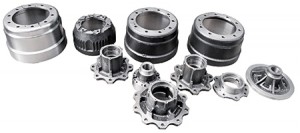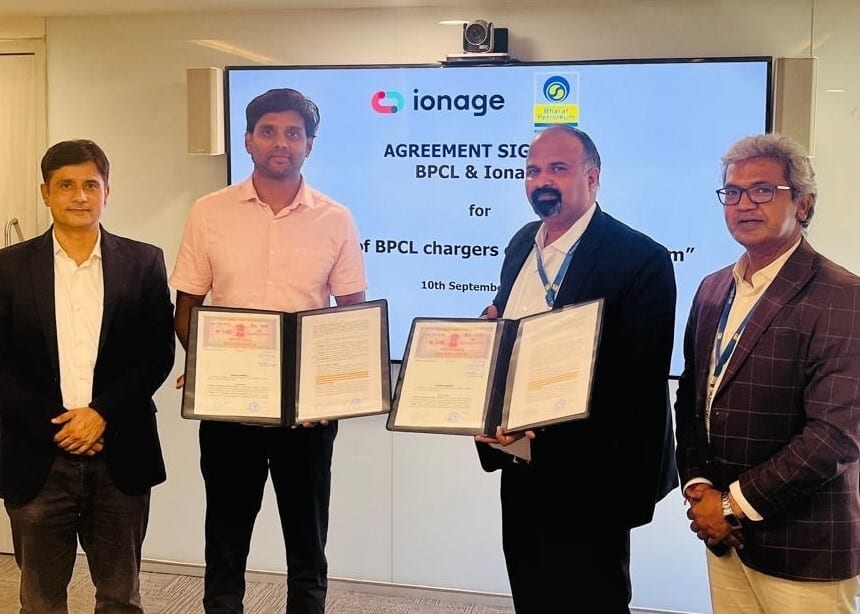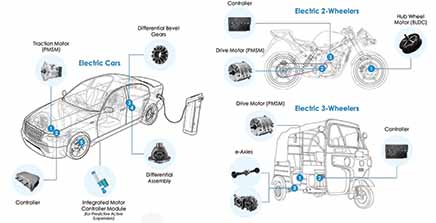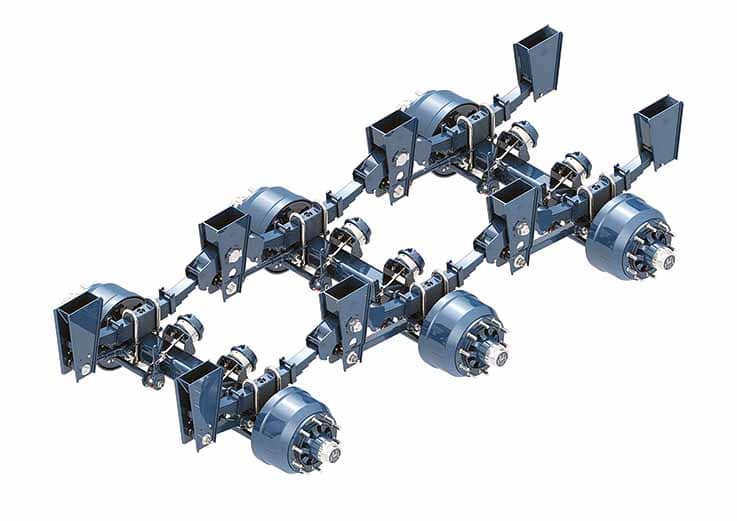 Ahmedabad-based steel industryfocussed equipment maker Electrotherm (India) has recently launched an advanced induction furnace unit called ‘ELdFOS’. The process will help steel-users (read automotive component- makers) reduce imports while maintaining quality. The equipment provides simultaneous dephosphorisation and desulphurisation during the manufacture of steel. The two processes help reduce the proportion of elements like phosphorus and sulphur, that tend to make steel brittle. Phosphorous is removed under basic and oxidising atmosphere, while sulphur is removed under basic and reducing atmosphere. At present, steel bars available in the market, though varying in composition, contain on an average, 0.075 percent and 0.150 percent of phosphorous and sulphur respectively. ‘EldFOS, reduces this quantum by as much as 30-40 percent each, thus complying with required standards,’ says Manoj Kumar, Executive Director-International Business, Electrotherm. This advanced induction furnace, seems to have arrived at a crucial juncture. The Ministry of Steel is pushing for stringent quality controls, through the implementation of mandatory BIS norms for major steel grades. While BIS 1786 was implemented in March 2013 for 12-16 mm high-strength deformed steel bars and wires, an October, 2013 deadline was set for sizes below 12 mm. According to an official from the company, ELdFOS will enable steel-makers to manufacture high quality, Fe500D and higher grade rebars through the induction route, in compliance with the proposed BIS norms.
Ahmedabad-based steel industryfocussed equipment maker Electrotherm (India) has recently launched an advanced induction furnace unit called ‘ELdFOS’. The process will help steel-users (read automotive component- makers) reduce imports while maintaining quality. The equipment provides simultaneous dephosphorisation and desulphurisation during the manufacture of steel. The two processes help reduce the proportion of elements like phosphorus and sulphur, that tend to make steel brittle. Phosphorous is removed under basic and oxidising atmosphere, while sulphur is removed under basic and reducing atmosphere. At present, steel bars available in the market, though varying in composition, contain on an average, 0.075 percent and 0.150 percent of phosphorous and sulphur respectively. ‘EldFOS, reduces this quantum by as much as 30-40 percent each, thus complying with required standards,’ says Manoj Kumar, Executive Director-International Business, Electrotherm. This advanced induction furnace, seems to have arrived at a crucial juncture. The Ministry of Steel is pushing for stringent quality controls, through the implementation of mandatory BIS norms for major steel grades. While BIS 1786 was implemented in March 2013 for 12-16 mm high-strength deformed steel bars and wires, an October, 2013 deadline was set for sizes below 12 mm. According to an official from the company, ELdFOS will enable steel-makers to manufacture high quality, Fe500D and higher grade rebars through the induction route, in compliance with the proposed BIS norms.
What makes matters interesting is that of the 76-million tonnes of steel produced in India during 2012-13, over 30 percent was manufactured through the induction furnace route. Now, sponge iron is the predominant raw material used in the production of steel via the induction furnace route. But, sponge iron, often contains traces of phosphorous and sulphur. A spike in the use of sponge iron in recent times has led to correspondingly higher levels of phosphorous and sulphur content in the final output. Thus, with regulators breathing down their necks, steel-makers have been actively seeking ways to reduce these elements before, the molten steel proceeds to casting or other processes.
To bridge this gap, Electrotherm’s metallurgy design and development departments, worked on a project to establish the process of dephosphorisation without using a oxygen converter. After a period of trials between 2008-10 at its Kutch plant, the company began manufacturing equipment for commercial purposes. Currently, Electrotherm claims to have nearly 2,500 induction steel units in the country, with close to 800 companies using the equipment. The company also manufactures products like induction furnaces, oxygen converters, ladle furnaces, casters, transformers and other metallurgical equipment for steel plants and foundries.
Story: T Murrali













Leave a Reply